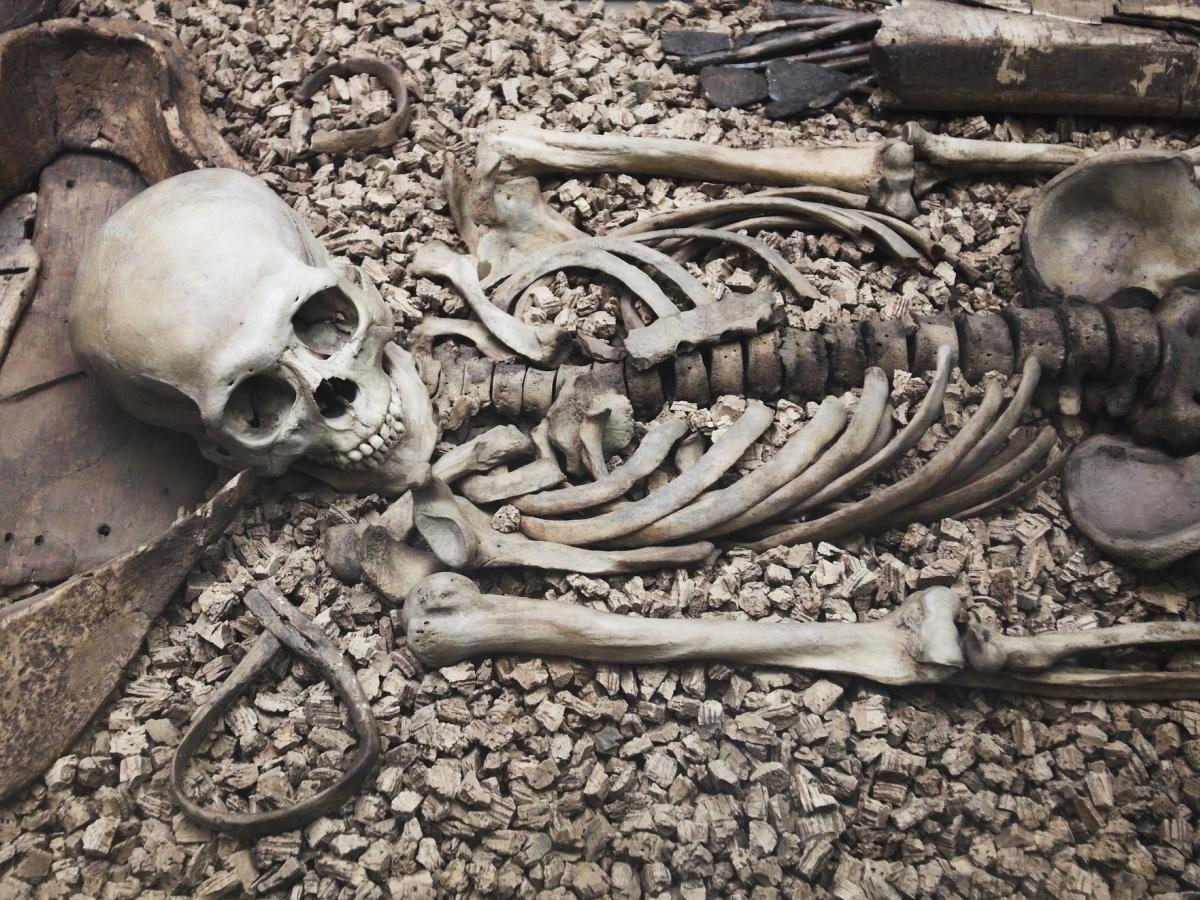Ancient DNA, including samples from human remains that are about 45,000 years old, has helped researchers understand a previously unrecognized facet of human evolution.
 A new study co-led by a University of Adelaide researcher has used ancient DNA to challenge the prevailing view of human adaptation. Image Credit: iStock
A new study co-led by a University of Adelaide researcher has used ancient DNA to challenge the prevailing view of human adaptation. Image Credit: iStock
The new study, which was co-led by Dr Yassine Souilmi, Group Leader at the Australian Centre for Ancient DNA at the University of Adelaide, was just published in Nature Ecology and Evolution.
It was widely believed the genetics of our human ancestors did not change due to environmental pressures as much as other animals, due to our enhanced communication skills and ability to make and use tools.”
Dr Yassine Souilmi, PhD, Study Co-Lead Author and Group Leader, Australian Centre for Ancient DNA. University of Adelaide
Dr Souilmi added, “However, by comparing modern genomes with ancient DNA, we discovered more than 50 cases of an initially rare beneficial genetic variant becoming prevalent across all members of ancient human groups.”
“In contrast to many other species, evidence for this type of adaptive genetic change has been inconsistent in humans. This discovery consequently challenges the prevailing view of human adaptation, and gives us a new and exciting insight into how humans have adapted to the novel environmental pressures they encountered as we spread across the planet,” further stated Dr Souilmi.
Examining ancient DNA has been essential in revealing the mysteries of human evolution, according to co-lead author Dr Ray Tobler, an Adjunct Fellow at the University of Adelaide and a DECRA fellow at the Australian National University.
We believed historical mixing events between human groups might have hidden signs of genetic changes in modern human genomes. We examined DNA from more than 1,000 ancient genomes, the oldest which was around 45,000 years old, to see if certain types of genetic adaptation had been more common in our history than studies of modern genomes had suggested.”
Dr Ray Tobler, Study Co-Lead Author and Adjunct Fellow, University of Adelaide
Senior author Professor Christian Huber is an Assistant Professor at Penn State University while also serving as an Adjunct Fellow at the University of Adelaide.
The use of ancient genomes was crucial because they preceded major historical mixing events that have radically reshaped modern European genetic ancestry. This allowed the recovery of historical signs of adaptation that are invisible to standard analysis of modern genomes.”
Christian Huber, Study Senior Author and Assistant Professor, Penn State University
The Australian Centre for Ancient DNA, which was founded in 2005, is a pioneer in the study of ancient DNA and the creation of advanced techniques for using it in applications related to evolution, the environment, and conservation.
Source:
Journal reference:
Souilmi, Y., et al. (2022). Admixture has obscured signals of historical hard sweeps in humans. Nature Ecology and Evolution. doi.org/10.1038/s41559-022-01914-9